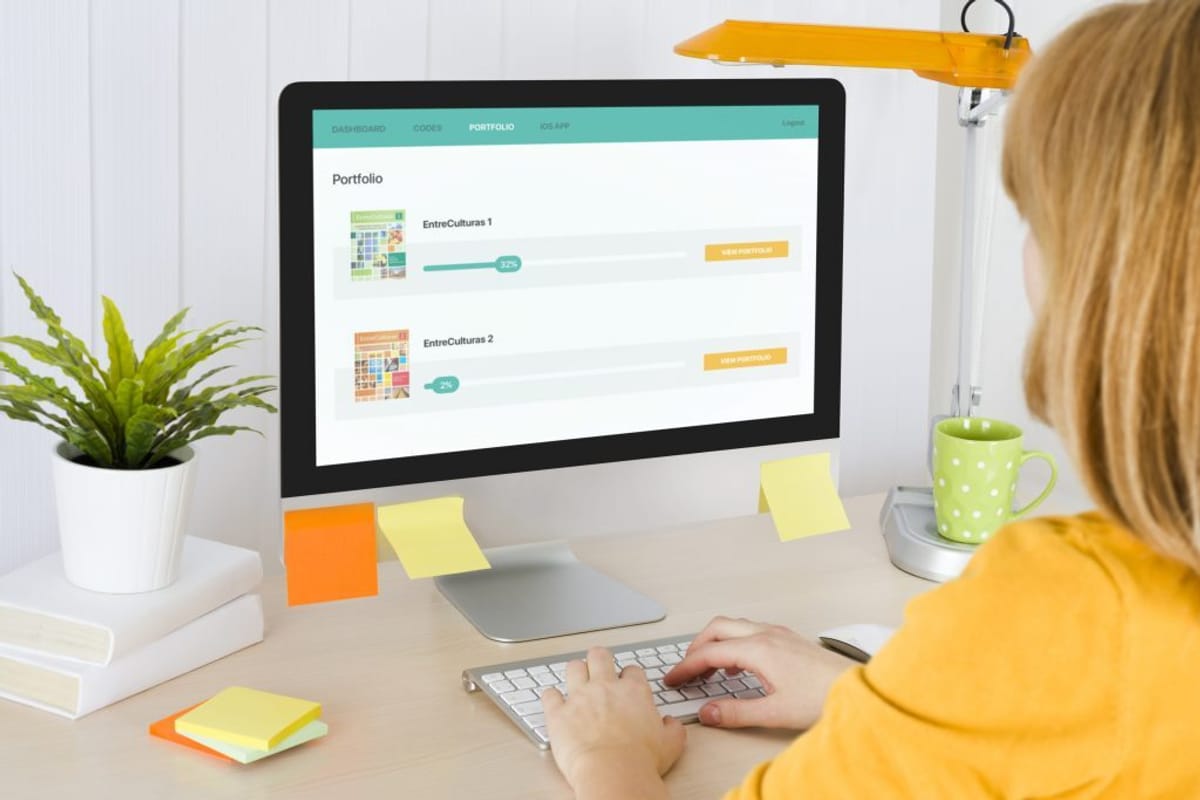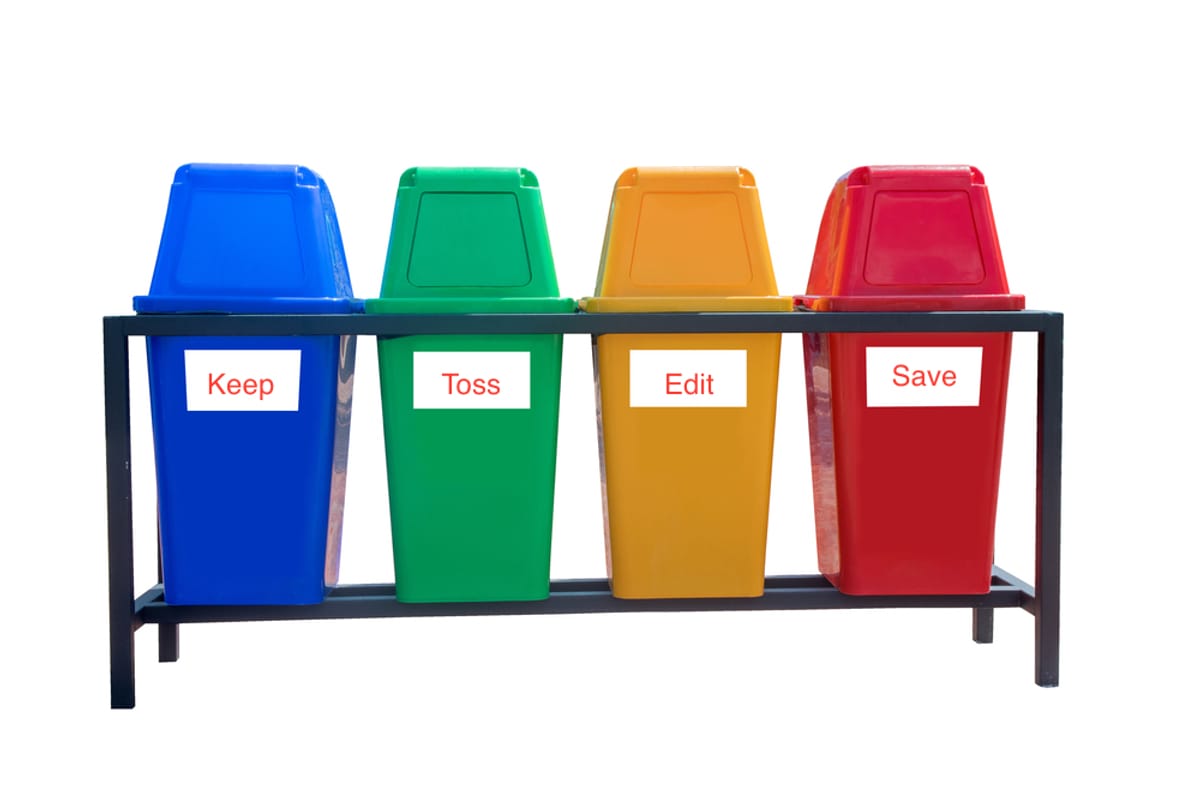story

Classroom Strategies

Blog
Last semester’s transition to virtual teaching was abrupt and left many of us feeling like we were catching up to learn new technologies instead of focusing on communicating content to students. Now, as we look forward to next year, which appears to be an amorphous hybrid of virtual and limited face-to-face instruction, our worries turn to what students missed this past semester and how we can catch them up.
Share
Last semester’s transition to virtual teaching was abrupt and left many of us feeling like we were catching up to learn new technologies instead of focusing on communicating content to students. Now, as we look forward to next year, which appears to be an amorphous hybrid of virtual and limited face-to-face instruction, our worries turn to what students missed this past semester and how we can catch them up. Part I of this series focused on decluttering the mind, which is the necessary first step. With a mind freed from constraints, you can now turn your focus to decluttering another messy place, your curriculum.
At the moment, your curriculum is littered with too many good-to-haves like cultural tidbits and vocabulary that addresses a theme but is rarely recycled in a later unit or level of study. Imagine your curriculum as the home in which you and your students reside together. Does it have dusty magazines stacked on the table, cobwebs in a corner, and stains in the sink? You need to scrub, tidy, and throw out a few well-worn pages so you can start the school year off fresh, meet students where they are, and take them where you know they need to be.
As educators, we love to research and cite experts. Who better to help us conceptualize the tidying task than Marie Kondo, author of the best-selling book The Life-Changing Magic of Tidying Up and star of the Netflix phenomenon Tidying Up with Marie Kondo? Psychological clutter, like physical clutter, is unhealthy for our brains and causes stress. Chronic busyness and multitasking lead to frustration, procrastination, and a lack of the intense focus and engagement needed to plan well for student learning. To organize and simplify their living spaces, Kondo coaches readers and viewers to touch each object and ask: does it spark joy? Let’s apply this to curriculum, so grab your sorting bins and follow me. You will need a quiet space, or if that is too hard to find while sheltering in place with your children, pets, and remote-working spouse, then a quiet mind space will suffice.
First, identify your primary goal and/or foundational principle. For me, my goal now is to streamline curriculum so students can progress in proficiency, even if that means they will not be introduced to all themes or topics. The principle that anchors me is relevance to students’ own lives. If they do not go camping, then they do not need to memorize lists of vocabulary related to something they would never do. By focusing on relevance, I necessarily amplify student choice, and hopefully engagement. To maintain this focus, write your goal on a sticky note where you can see it as you sort through your curriculum. I like to put mine on the corner of my computer monitor because most of my curriculum is stored digitally.

Next, look at each item in your curriculum. You can start as small as each vocabulary word or grammatical structure, or as large as an entire theme or language function.

Place each item in one of four bins: keep, toss, edit, or save.
Stay organized. If you started with vocabulary, stay with vocabulary before moving on to another category. Multitasking or flitting to another category will not serve your end goal, and is a sneaky way to procrastinate. (I speak from experience!)
Finally, focus on proficiency, not content. A wise teacher once told me that the best way to cover a book is to sit on it. Reacquaint yourself with the 2017 NCSSFL-ACTFL Can-Do Statements to understand what students should be able to do at the target proficiency for their level of study. Typically, states recommend Novice High to Intermediate Low for Level 2 for example.
After sweeping the floors and organizing the cupboards of your curricular home, it should be clean and ready for your students. It may not be immaculate, but everything you need should be stored in clearly marked and easily accessible bins. You are now ready to welcome your students with a decluttered mind, a decluttered curriculum, and hopefully, an ever-ready sense of humor.
Share: